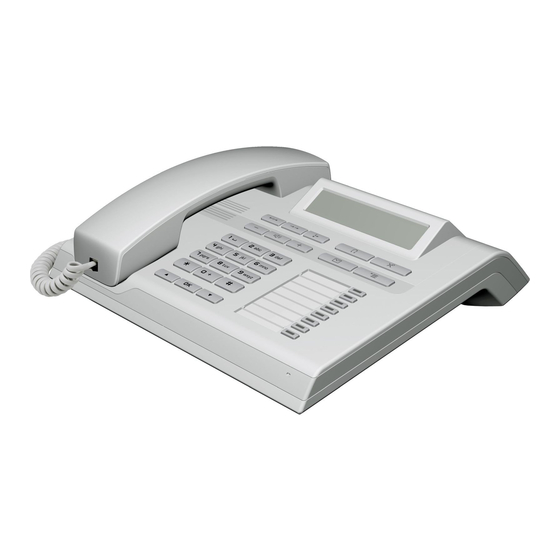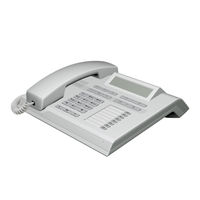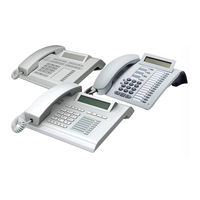
Siemens OpenStage 30 T Manuals
Manuals and User Guides for Siemens OpenStage 30 T. We have 4 Siemens OpenStage 30 T manuals available for free PDF download: User Manual, Quick Reference Manual
Advertisement
Advertisement
Advertisement



